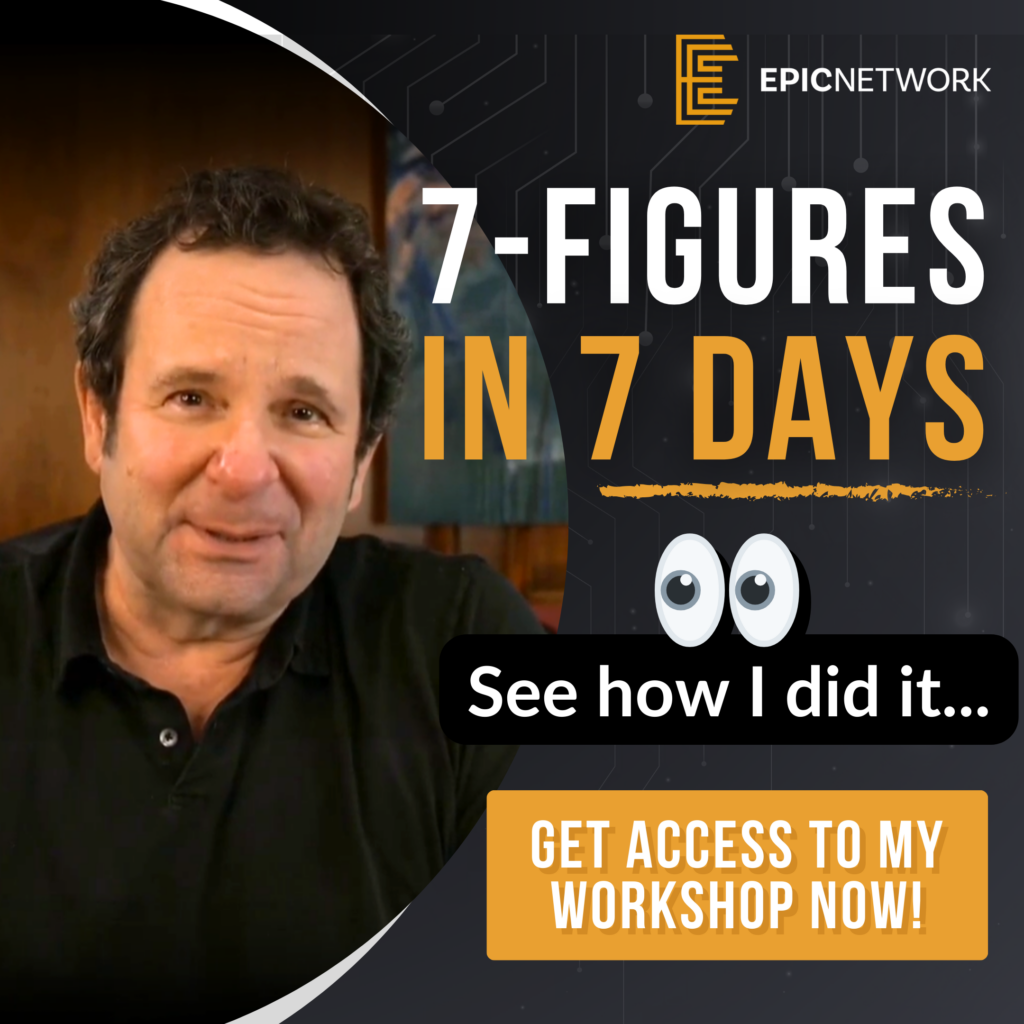
When it comes to funding acquisitions, the dream is often to pay zero out-of-pocket. The good news? With the right strategies, you can bridge the funding gap using creative financing tools like seller financing and earnouts. This method, known as the deal stack strategy, allows you to leverage the business’s own assets to finance the purchase—no upfront cash needed.
What Is the Deal Stack Strategy?
The deal stack strategy involves combining multiple creative financing tools to structure an acquisition. The goal is simple:
- Meet the seller’s price and financing preferences
- Pay zero out-of-pocket by filling the “gap” with structured funding methods
The “gap” is the difference between the seller’s asking price and your desire to fund the deal without cash upfront. By stacking strategies—like seller financing and earnouts—you can close this gap effectively.
Two Key Categories of Zero-Out-of-Pocket Deals
- Self-Funding Acquisitions
Use creative financing methods to structure the deal so the business pays for its own acquisition. - Consulting for Equity (CFE)
Provide services the business needs in exchange for equity and income, eliminating the need for cash.
In this blog, we focus on self-funding acquisitions and the step-by-step deal stack strategy.
A Real-World Example of the Deal Stack
Let’s look at a real deal for a custom stone fabrication business:
- Asking Price: $2 million
- Annual Profit (SDE): $604,000
- Inventory Value: $586,000 (included in the price)
- FF&E (Furniture, Fixtures & Equipment): $920,000 (included in the price)
- Seller Financing: Available
- Owner Absentee: Yes (management team in place)
This deal already checks several boxes: it’s profitable, the seller offers financing, and the business has significant assets to leverage.
Step 1: Start with Seller Financing
The seller has already indicated they are open to financing. Start by proposing 80% seller financing:
- 80% of $2 million = $1.6 million
This takes care of a large portion of the asking price without requiring you to put down cash.
Step 2: Use an Earnout for the Remaining Gap
The remaining 20% gap ($400,000) can be covered with an earnout.
What is an Earnout?
An earnout is a performance-based agreement to pay part of the purchase price over time if certain conditions are met. Examples include:
- Hitting sales or profit projections in years 2–4
- Retaining key customers or employees
- Achieving specific growth milestones
Why Use Earnouts?
- They protect you if the seller’s projections aren’t met.
- They allow you to defer payments, preserving cash flow.
By combining 80% seller financing and 20% earnout, you’ve structured a deal that requires zero out-of-pocket costs to acquire the business.
The Power of the Target Analysis Data Sheet
Before speaking with the seller, fill out a target analysis data sheet using the information available in the listing. In this example:
- Inventory: $586,000
- FF&E: $920,000
- Profit: $604,000
- Asking Price Multiple: 3.3x (asking price/profit ratio)
This analysis provides you with the confidence to create a funding strategy before even contacting the seller.
Step 3: Refining the Deal Stack
While your initial proposal combines seller financing and an earnout, it’s important to remain flexible. Sellers may not always accept the first offer, so having backup strategies is key.
Other Creative Financing Tools:
- Asset-Based Loans: Use inventory or equipment as collateral for financing.
- Accounts Receivable Financing: Borrow against outstanding invoices.
- Supplier Financing: Negotiate extended terms with suppliers to preserve working capital.
With over 300 deal stack strategies available, you can adapt your approach to fit the seller’s preferences and business circumstances.
Why the Deal Stack Strategy Works
The deal stack strategy works because it aligns with both parties’ goals:
- The Seller: Gets a deal that meets their price and financing requirements.
- You (The Buyer): Acquire a profitable business with zero upfront costs and minimal risk.
Final Thoughts
The deal stack strategy is a proven way to fund acquisitions without using your own money. By leveraging seller financing, earnouts, and other creative funding tools, you can bridge the gap between the seller’s asking price and your goal of paying zero out-of-pocket.
Key Takeaways:
- Start with seller financing (e.g., 80% of the purchase price).
- Use earnouts to cover the remaining gap.
- Analyze the deal before speaking with the seller to create a clear funding plan.
- Remain flexible and have alternative strategies ready.
By mastering the deal stack strategy, you can confidently pursue acquisitions that grow your portfolio while minimizing financial risk.
Additional Business Acquisition Information Resources:
- How to Negotiate Seller Financing Terms
- Understanding Earnouts in Acquisition Deals
- Target Analysis Data Sheets: A Step-by-Step Guide
Ready to explore acquisition strategies that fit your needs?
Book a Free Strategy Session with the EPIC Network to discover customized solutions to support your success.










